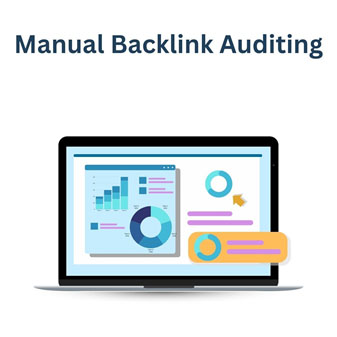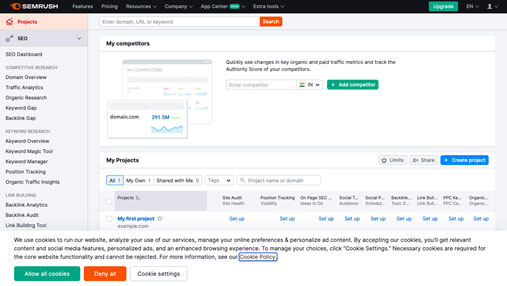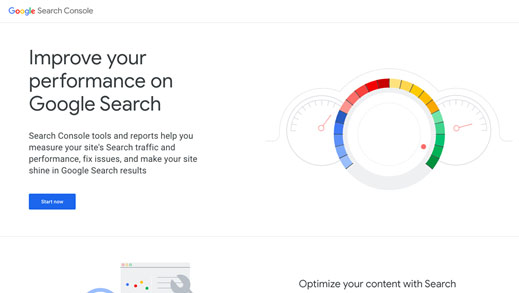Introduction
In the fast-paced realm of digital marketing, a robust backlink strategy remains a linchpin for online success. Navigating the intricate web of backlinks requires a keen eye and a strategic approach. In this comprehensive guide, we will explore the nuances of backlink auditing, combining manual methods and cutting-edge tools to elevate your marketing strategies and fortify your online presence.
Manual backlink auditing
Manual backlink auditing serves as the foundation for understanding the intricacies of your website’s link profile. Let’s delve deeper into the key steps involved, catering to beginners and those who prefer a hands-on approach.

1. Evaluating relevance and authority:
When manually Auditing Backlinks, the first crucial step is to evaluate the relevance and authority of the linking websites. Focus on industry-related sites with a strong online reputation. Building a checklist of preferred websites ensures that your backlinks contribute positively to your site’s credibility.
2. Checking for broken links:
Can adversely impact your site’s user experience and SEO ranking. A meticulous examination of each backlink is necessary to identify any broken links. Promptly addressing and rectifying these issues not only enhances user satisfaction but also signals to search engines that your website is well-maintained.
3. Monitoring anchor texts:
Anchor texts play a pivotal role in conveying the content’s relevance to search engines. Manually analyze the anchor texts associated with your backlinks. Ensure they align with your website’s primary keywords, enhancing the SEO strength of your site and reinforcing its thematic relevance.
4. Identifying no-follow and do-follow links:
Distinguishing between no-follow and do-follow links is paramount. While do-follow links contribute positively to your SEO ranking, no-follow links do not pass on link juice. Striking a balance between the two ensures a diversified and effective backlink profile.
As you embark on your manual backlink audit, these foundational steps will pave the way for a more robust and strategic approach to link management, for detailed understanding here’s a step by step guide to backlink audit
Tool-based backlink auditing
In an era where time is of the essence, leveraging advanced tools can significantly streamline the backlink auditing process. Let’s explore some industry-leading tools that provide in-depth insights and actionable data.
1. Ahrefs: A comprehensive backlink analysis tool
Ahrefs stands out as a powerhouse in the world of SEO tools. Its backlink auditing feature offers a user-friendly interface to analyze and monitor your backlink profile. Enter your website’s URL, and Ahrefs generates a detailed report, highlighting new backlinks and providing insights into your competitors’ strategies. This tool empowers you to make informed decisions to enhance your link-building strategy.

2. SEMrush: Uncover hidden opportunities
SEMrush is synonymous with comprehensive digital marketing solutions, and its backlink audit feature is no exception. Identify toxic backlinks that could harm your SEO, assess anchor text distribution, and receive personalized recommendations for optimizing your backlink profile. SEMrush provides a holistic view of your backlink landscape, allowing you to refine your strategy for maximum impact.

3. Moz link explorer: Your guide to link metrics
Moz, a trusted name in the SEO industry, offers the Link Explorer tool for in-depth backlink analysis. Dive into link metrics, domain authority, and spam score to gain valuable insights into your backlink profile. Moz Link Explorer assists you in making data-driven decisions to strengthen your link-building efforts and boost your website’s authority.

4. Google Search Console: Harness the power of google’s insights
Google Search Console is a free tool that should not be overlooked. It provides valuable information about your website’s performance, including backlink data. Monitor your site’s visibility, track new backlinks, and address any issues highlighted by Google. This tool offers a direct line of communication with the world’s most prominent search engine, enabling you to optimize your website for better search results.

Amplifying backlink auditing success
In the realm of digital marketing, keywords are the currency of visibility. Choosing and strategically integrating the right keywords into your content can significantly impact your website’s discoverability.
1. Understanding the focus keyword:
The focus keyword for this guide is “backlink auditing.” This term encapsulates the essence of our discussion, aligning with the needs and interests of our target audience—digital marketers, business owners, and anyone seeking to enhance their online presence through effective backlink strategies.
2. Strategic keyword placement:
To optimize the content for search engines, integrate the focus keyword naturally throughout the guide. Ensure that its inclusion enhances the overall flow of the narrative and reinforces the relevance of the content to the topic of backlink auditing.
3. Optimizing subheadings:
Crafting engaging subheadings is not only beneficial for readers but also aids in SEO. Use variations of the focus keyword in subheadings to signal to search engines the thematic relevance of each section. This approach enhances the overall SEO value of your content.
4. Keyword integration in tools section:
When discussing the advanced tools, strategically weave in the focus keyword. For instance, highlight how Ahrefs(Ahrefs is an all-in-one SEO toolset for growing search traffic and optimizing websites) contributes to “backlink auditing efficiency”. Semrush is a software as a service (SaaS) company that sells online visibility and marketing analytics software subscriptions, This not only reinforces the relevance of your content but also caters to search engine algorithms, boosting the discoverability of your guide.
Conclusion
In conclusion, backlink auditing is a dynamic process that requires a combination of manual expertise and advanced tools. By evaluating relevance, checking for broken links, monitoring anchor texts, and utilizing tools like Ahrefs, SEMrush, Moz Link Explorer, and Google Search Console, you can fine-tune your backlink profile for optimal SEO performance.
As you embark on your backlink auditing journey, remember to stay proactive, stay informed, and stay ahead of the competition. Your website’s success is intricately linked to the effectiveness of your backlinks. Whether you choose the hands-on approach or leverage advanced tools, the key is to consistently monitor, adapt, and optimize.